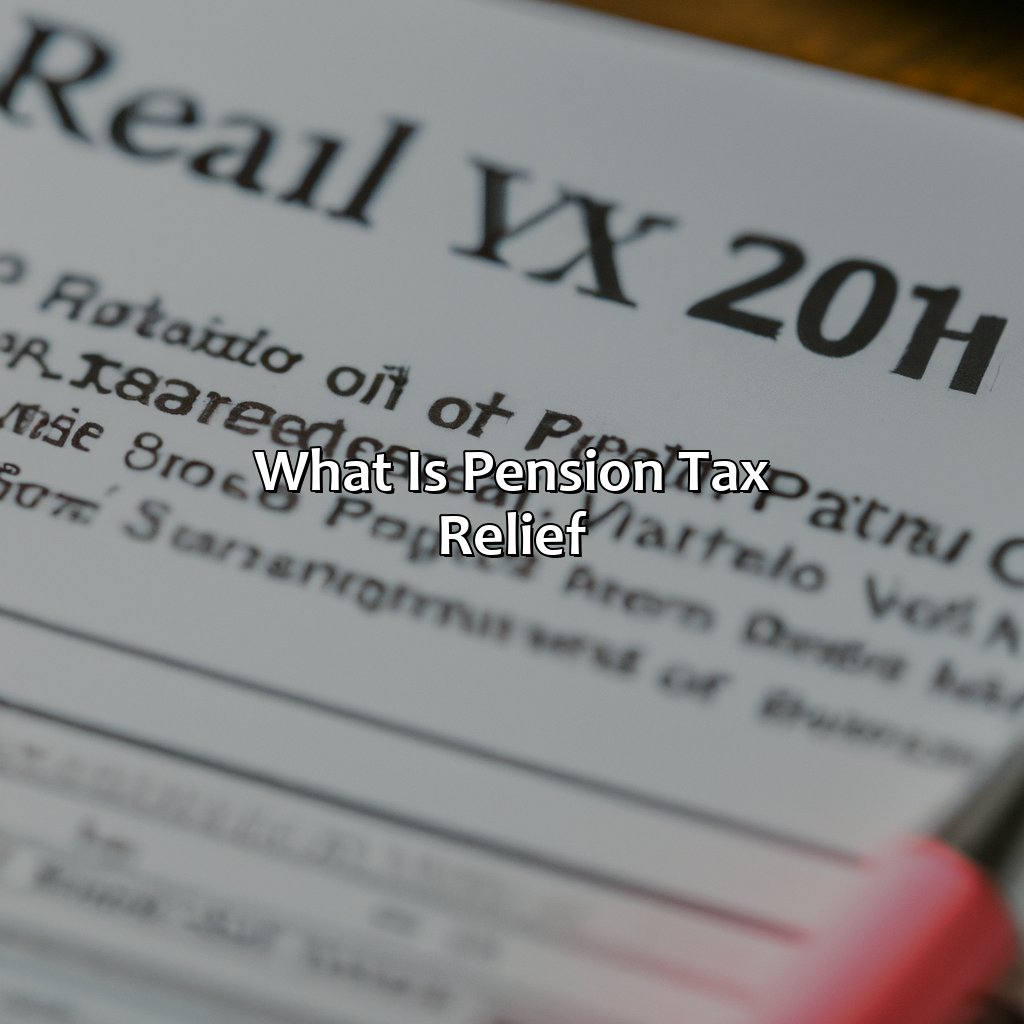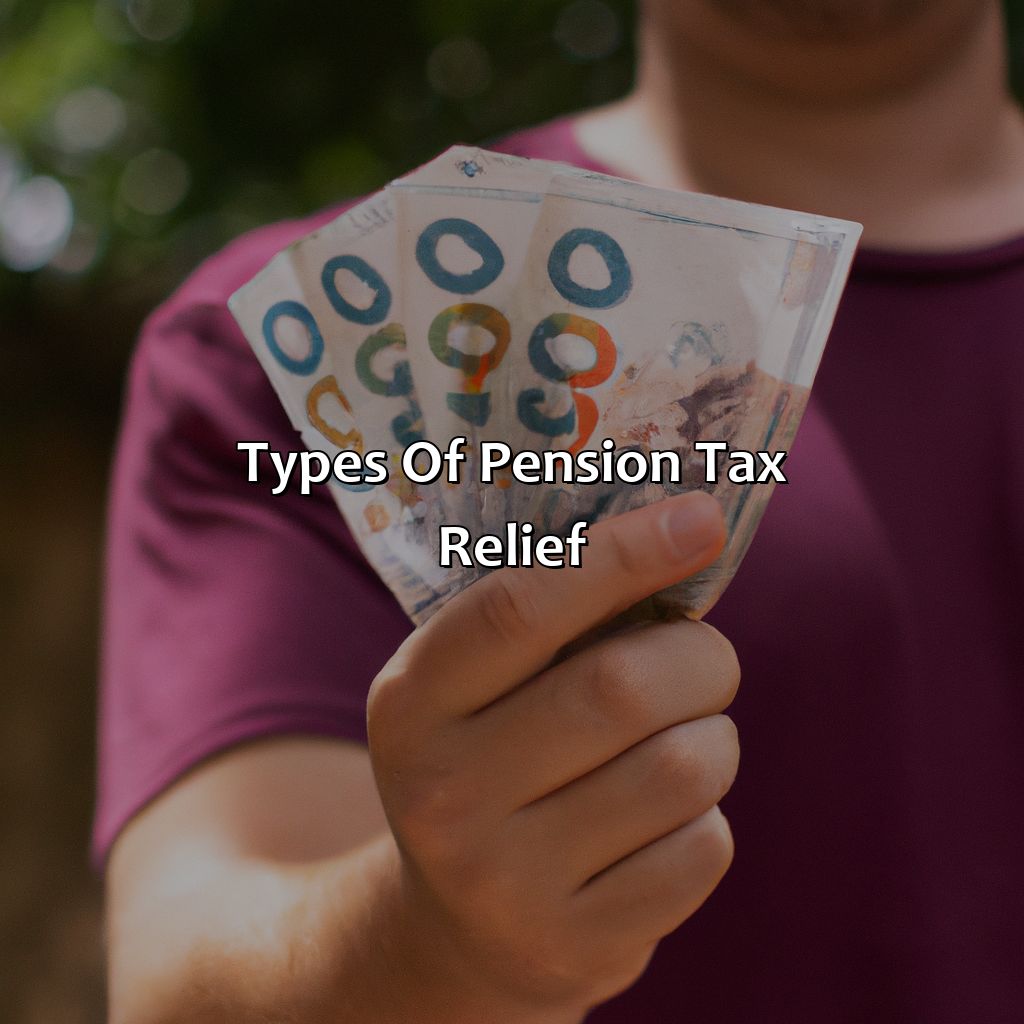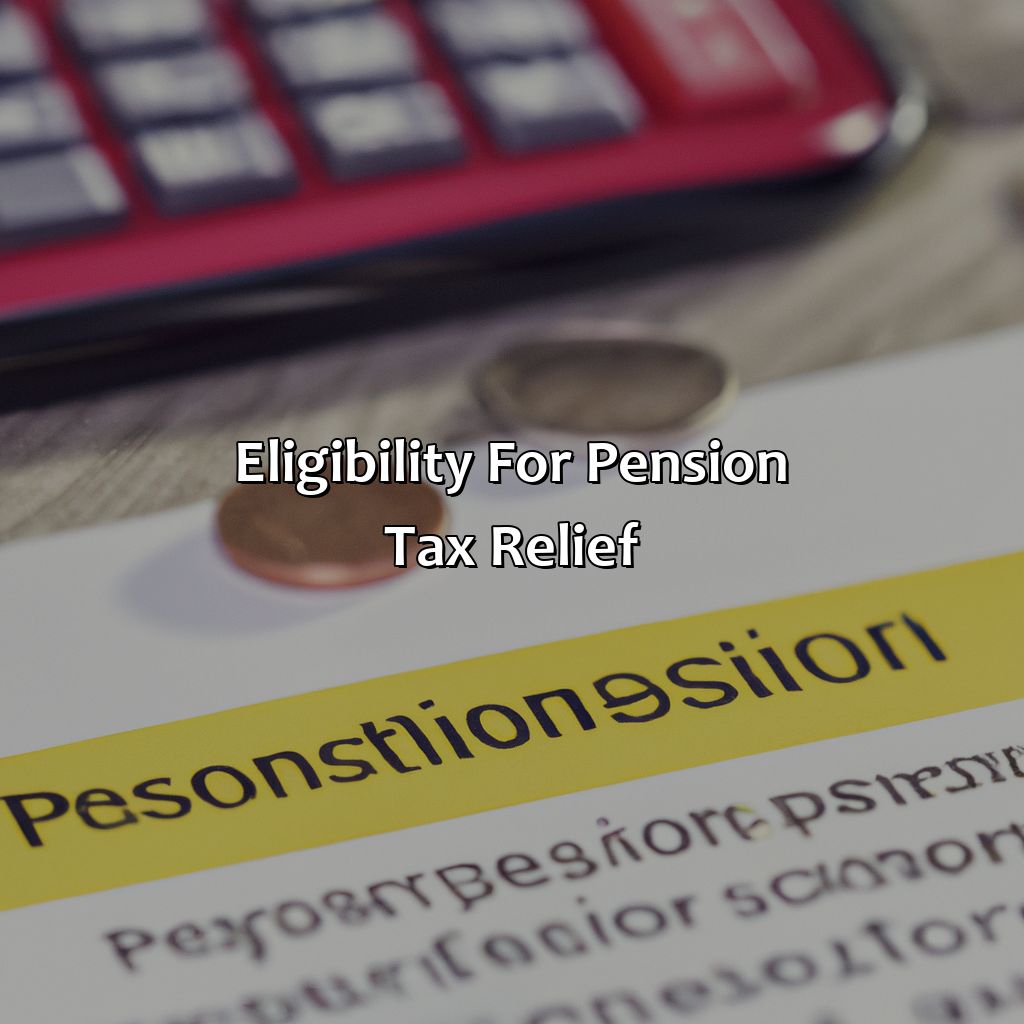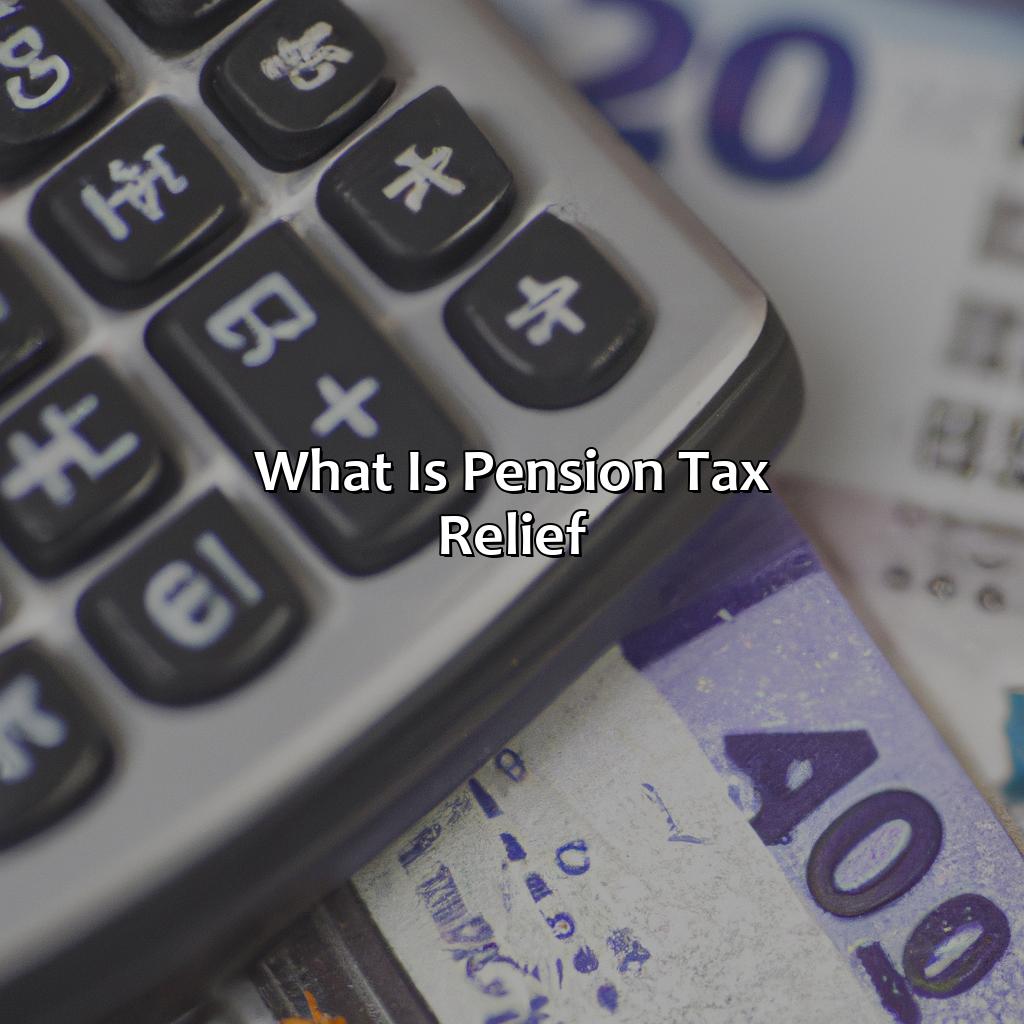What Is Pension Tax Relief?
Key Takeaway:
- Pension tax relief is a government incentive to encourage people to save money for their retirement by allowing them to receive tax benefits on their pension contributions. This means that the money invested in a pension grows tax-free until it is withdrawn.
- There are different types of pension tax relief, including Annual Allowance, which limits the amount of pension contributions that can receive tax relief each year, Lifetime Allowance, which limits the maximum amount that can be accumulated in a pension scheme tax-free, and Salary Sacrifice, which allows employees to make pension contributions before income tax and national insurance contributions are deducted from their pay.
- Eligibility for pension tax relief depends on the type of pension scheme and the individual’s circumstances. Personal Pension Contributions, Defined Benefit Pensions, and Workplace Pension Schemes all have different rules and eligibility criteria for tax relief.
Are you feeling overwhelmed by pension tax relief? You can simplify it by understanding the different tax reliefs available and their benefits. Learn how to make the most of your pension tax relief with this informative article.
What is pension tax relief?
Pension tax relief refers to the tax benefits savers receive on pension contributions. These benefits are available to both employed and self-employed individuals, where contributions to their pension pots are made from pre-tax income, reducing an individual’s annual income tax bill. Additionally, higher-rate taxpayers are eligible for extra tax relief which matches the highest rate of income tax they pay.
Pension tax relief is a critical incentive for individuals to contribute to their pension pots and ensure they have enough to sustain their lifestyle in retirement. Do you know how a pension is paid out? It’s important to understand the details so you can plan accordingly for your retirement.
It is crucial to take advantage of pension tax relief benefits as soon as possible to maximize retirement saving potential. Delaying contributions can result in missing out on the tax relief offered by the government. Take action now to avoid losing out on potential tax savings and guarantee your retirement is taken care of.

Image credits: retiregenz.com by Harry Duncun
Types of pension tax relief
Pension tax relief refers to a tax incentive given to individuals who save for their retirement through a pension scheme. Different types of pension tax relief are available, including relief on contributions, relief on investments, and relief on income.
The following table displays the different types of pension tax relief available:
| Types of Pension Tax Relief | Description |
|---|---|
| Relief on Contributions | Individuals receive tax relief on their pension contributions, which means that they pay contributions from their pre-tax income. This tax relief is subject to an annual cap and depends on the individual’s earnings. |
| Relief on Investments | Pension schemes invest the contributions, and the returns generated are not subject to tax. |
| Relief on Income | Individuals receive tax relief on their income in retirement by using their pension funds. This tax relief depends on the individual’s marginal tax rate. |
It is worth noting that there are no taxes on contributions to pensions up to a certain amount, known as the annual allowance. Additionally, individuals may also receive relief on their annual pension contributions if they earn less than a certain amount.
\n
Do you want to know more about commuted value of pension? Visit our website and learn more about it!
When saving for retirement, it is important to consider the different types of pension tax relief available and take advantage of these incentives. Maximizing contributions and investing properly can help individuals avoid pension debt.

Image credits: retiregenz.com by Joel Washington
Eligibility for pension tax relief
For those eligible, pension tax relief can be a valuable benefit. It allows contributions to a pension to receive tax relief at the individual’s marginal tax rate, up to certain limits. This effectively reduces the cost of saving for retirement.
To learn more about pay-as-you-go pension plans, one should first understand what pension tax relief is. To be eligible for pension tax relief, an individual must be under the age of 75 and have paid UK income tax. They can contribute up to 40,000 per tax year, or 100% of their income, whichever is lower. However, for high earners, the annual allowance can be reduced. Employers may also contribute towards their employee’s pension, which will qualify for tax relief.
It’s important to note that what is pension funds can affect your pension tax relief. Pension tax relief cannot be claimed on contributions made by someone else, such as a spouse or partner. Additionally, any withdrawals made from the pension pot will be subject to tax, but the first 25% will be tax-free.
Learn more about pension funds.
Historically, pension tax relief has been used as an incentive for individuals to save for retirement, particularly as reliance on state pensions are decreasing. With people living longer and needing more money to support themselves in retirement, pension tax relief remains an important consideration for those planning their retirement savings.

Image credits: retiregenz.com by Joel Duncun
Five Facts About Pension Tax Relief:
Pension tax relief is a tax incentive designed to encourage people to save for retirement. (Source: Money Advice Service)
Pension tax relief allows eligible individuals to receive tax relief on contributions made to their pension. (Source: GOV.UK)
Pension tax relief is available to both employed and self-employed individuals. (Source: PensionBee)
There are two types of pension tax relief: relief at source and net pay arrangements. (Source: Which?)
The amount of pension tax relief an individual can claim depends on their income tax bracket and the type of pension scheme they are enrolled in. (Source: Hargreaves Lansdown)
FAQs about What Is Pension Tax Relief?
What is pension tax relief?
Pension tax relief is a tax incentive provided by the government to encourage citizens to save for retirement. It is a way to reduce the amount of tax you have to pay when you put money into your pension pot, and it helps to ensure that you will have enough income to live on when you retire.
How does pension tax relief work?
Pension tax relief works by offering tax relief on contributions made to a pension scheme. This means any contributions made by you or your employer are deducted from your income before tax is calculated.
Who qualifies for pension tax relief?
In general, anyone who pays tax in the UK can qualify for pension tax relief, regardless of their employment status. This includes self-employed individuals and those who earn less than the personal allowance threshold.
How much pension tax relief can I get?
The amount of pension tax relief you can get depends on your income and the amount of contributions you make to your pension. Basic rate taxpayers can get tax relief of 20%, while higher and additional rate taxpayers can claim back up to 40 or 45% tax relief respectively.
What are the different types of pension tax relief?
There are three types of pension tax relief including relief at source, net pay arrangement, and Scottish income tax bands. Relief at source is the most common type of pension tax relief, and most pension schemes use it. Net pay arrangement is only available to individuals who are members of an occupational pension scheme. Scottish income tax bands are for individuals who pay Scottish income tax.
Can I carry forward my unused pension tax relief?
Yes, you can carry forward any unused pension tax relief for up to three years. This means if you have not used up your full tax relief allowance in a particular year, you can carry forward the unused amount and use it in future years.
 Checkout this IRS Loophole
Checkout this IRS Loophole 
